6 AI-powered plugins that can help you make music
The right AI tools for composing melodies, creating beats, mixing your tracks and delivering a pro master
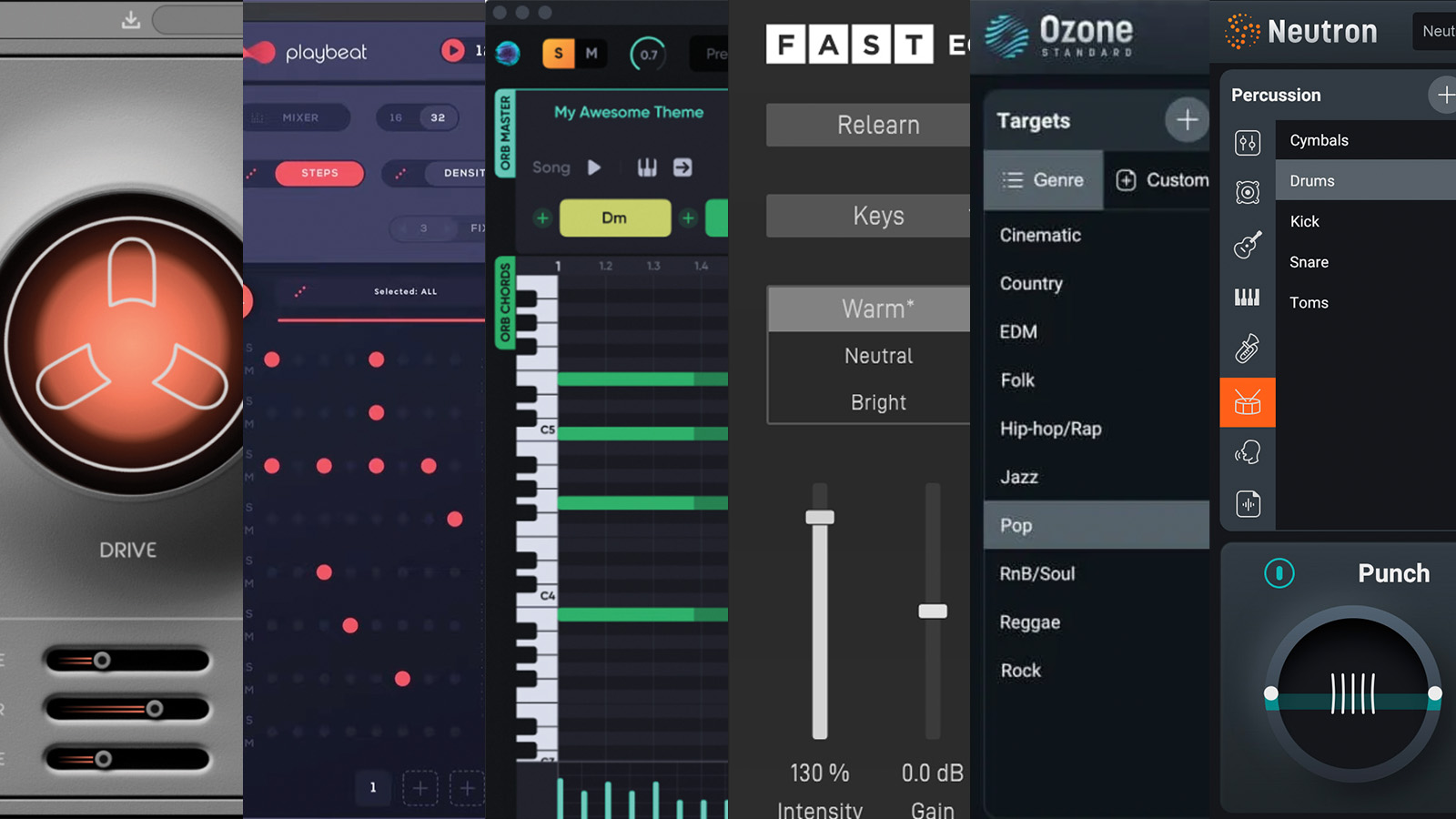
Ever since we first used Control>C and Control>V to cut and paste some notes within a piece of music-making software, we have leant on technology to help us make music and, really, AI tools are no different. These are the humble widgets and apps that help with specific production tasks like melody writing, chord progressions and beat making.
They enable us to create certain parts of our songs speedily and with no fuss. And they enable us to make it sound more polished, more professional and better mixed. But they also, and this is the essential factor and a key ingredient in their use, enable us to retain the creative stamp that makes music production so fulfilling. They give us enough control the main decision making processes to make the music ours. It’s time to give some love to the latest AI tools, and some that have been around for a while now.

These are the plugins that take the strain out of some of the – let’s face it – more tedious parts of our music creation hobby or work. They can match beats to songs and create melodies (stand up Mixed in Keys Captain plugins range). They can match samples to moods (Jamahook) and create chord progressions from a single note (Instachord). They can even work their way through the dark art of mastering without worrying our human minds about the maths behind compression and limiting. (Mastering The Mix and Sonible have you covered here).
These tools let us get on with the important business of mood and song creation so we can take the plaudits and the glory, without worrying about the ethics and morals of a website doing everything for us.
There shouldn’t be any fear when embracing this new generation of tools. Whether we have employed something to create beats or melodies with AI, it’s really no different to dropping in a sampled melodic riff or drum loop. And whatever AI tools we have used, the overall song picture is still something we can put our names on, and not the name of the person (or even the machine) that created the algorithms!
In 2023 we can still safely say “I made that”. And that is really what it’s all about.
6 AI tools that can assist you with every stage of the music production process
1. iZotope Ozone 11
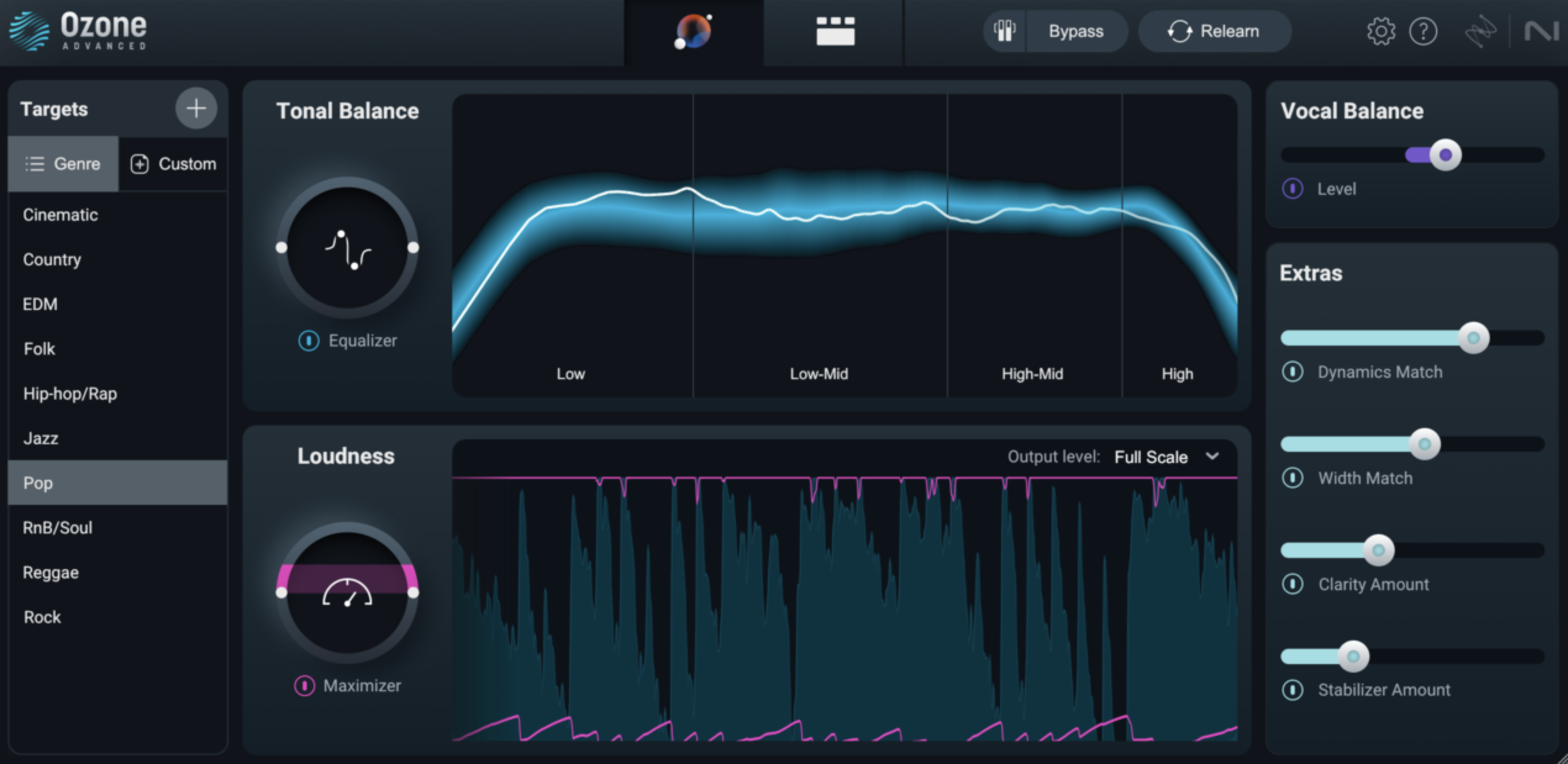
Ozone has been able to unlock the secrets of mastering for a while. You can make tracks sound pro either by employing a suite of tools to make the adjustments yourself or by using its AI focus to do it for you, depending on the sound you want to achieve. The latest version even lets you go back and solve some of the problems in a mix that could cause mastering issues down the line. They’ve solved your mastering woes with magic, basically.
Get the MusicRadar Newsletter
Want all the hottest music and gear news, reviews, deals, features and more, direct to your inbox? Sign up here.
2. Focusrite FAST Bundle
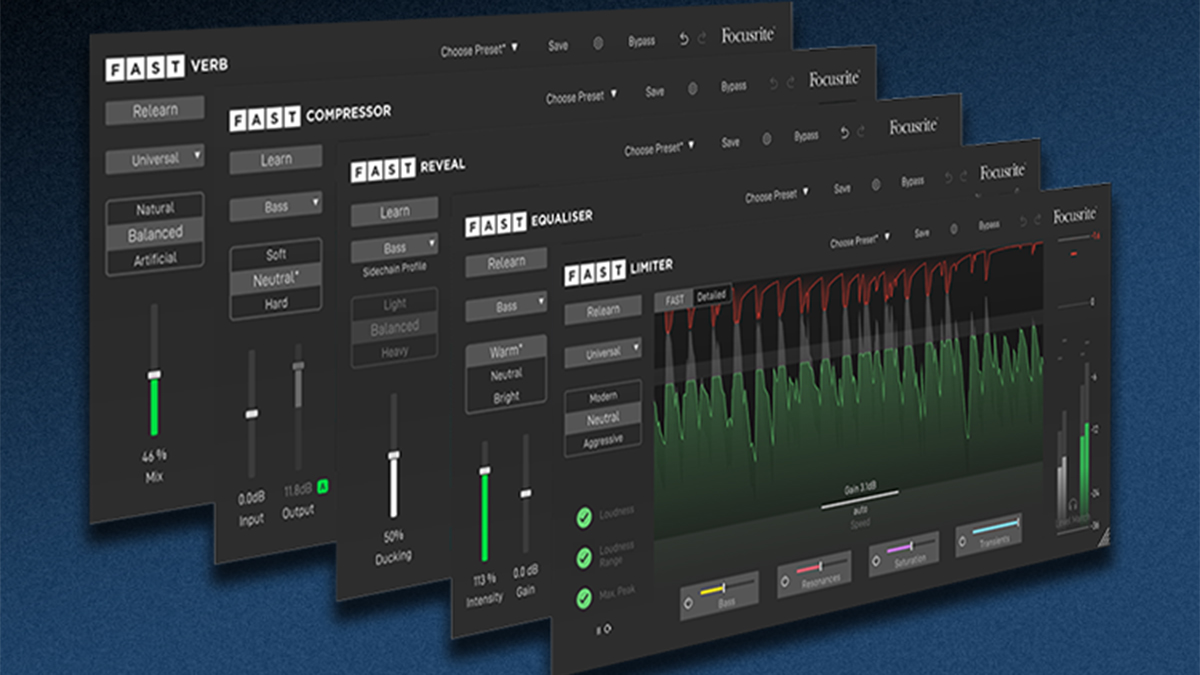
This complete AI suite (also sold separately at $60 each or $6/month) consists of a reverb, limiter, EQ, compressor and Reveal. The first four deliver FAST settings for each process, helping sounds fit in the mix, say. Reveal helps you get mix parts to shine. They all use an ‘AI-powered smart:engine’ created by Sonible to suggest settings and are oddly effective and time-saving.
3. Baby Audio TAIP
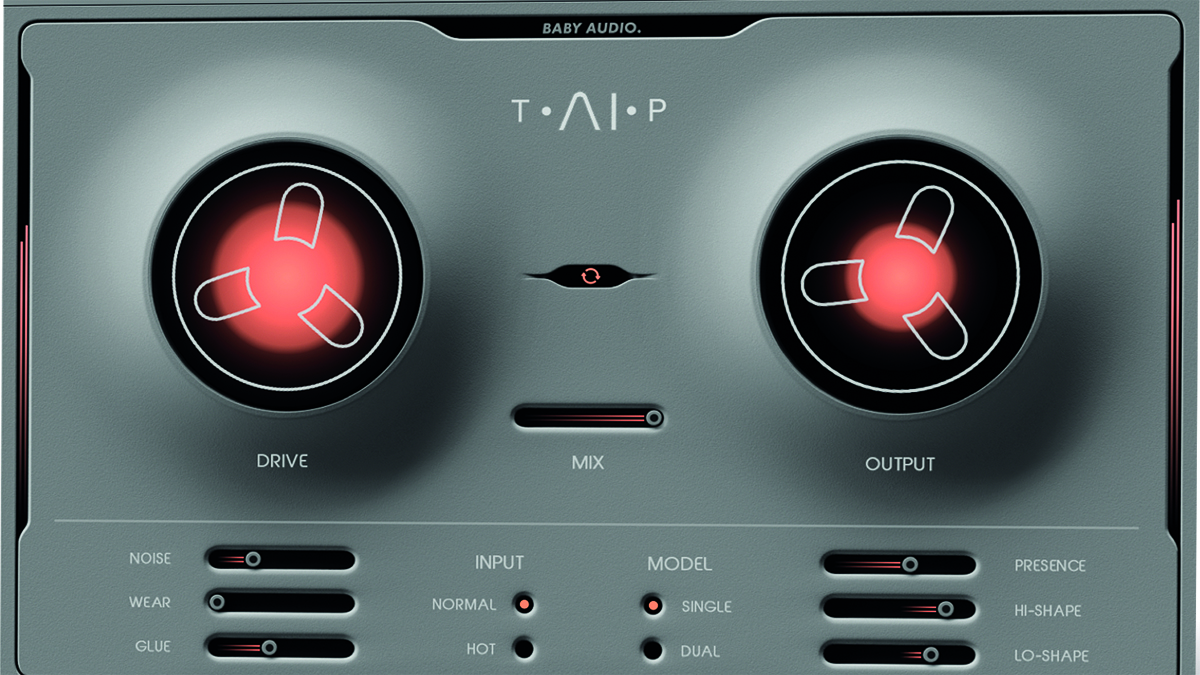
Getting the sound of vintage tape saturation is big business and TAIP gets the sound right using AI. Baby Audio used machine learning to analyse multiple tape machines and the results are pretty staggering. As we said “delivers a fresh approach to tape emulation that is flexible, easy to use and most importantly sounds great”.
4. Orb Producer Suite
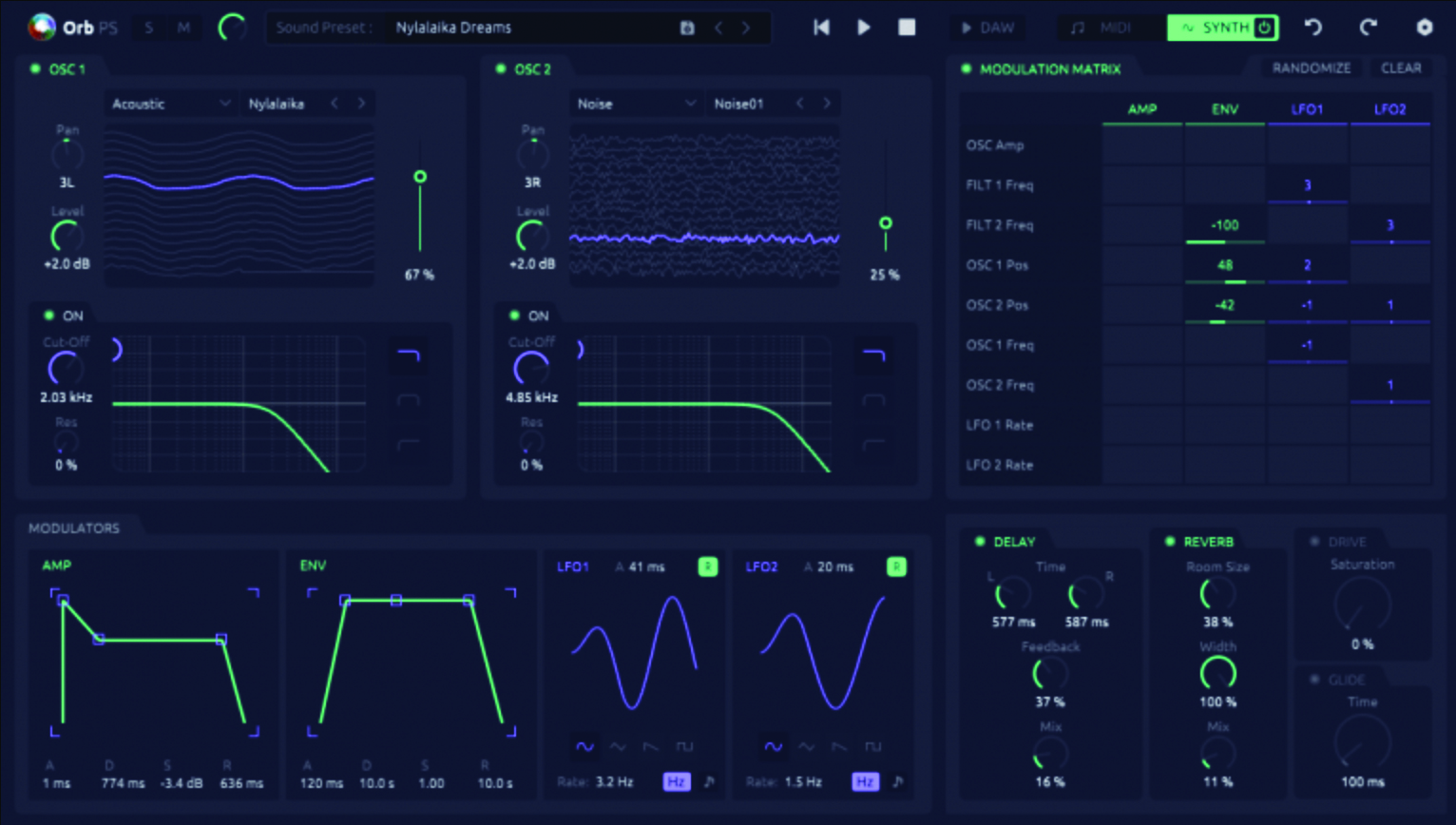
ORB claim that Producer Suite can make infinite patterns, melodies and basslines. It includes four instruments: Chords, Melody, Bass and Arpeggio to do just that. You set its AI tools to emphasise certain parts, set keys, even create lyrical melodies. The best part is that you can simply export the MIDI parts into your DAW, it all stays in tune, you edit a few notes and it’s all your creation (kind of).
5. iZotope Neutron 4
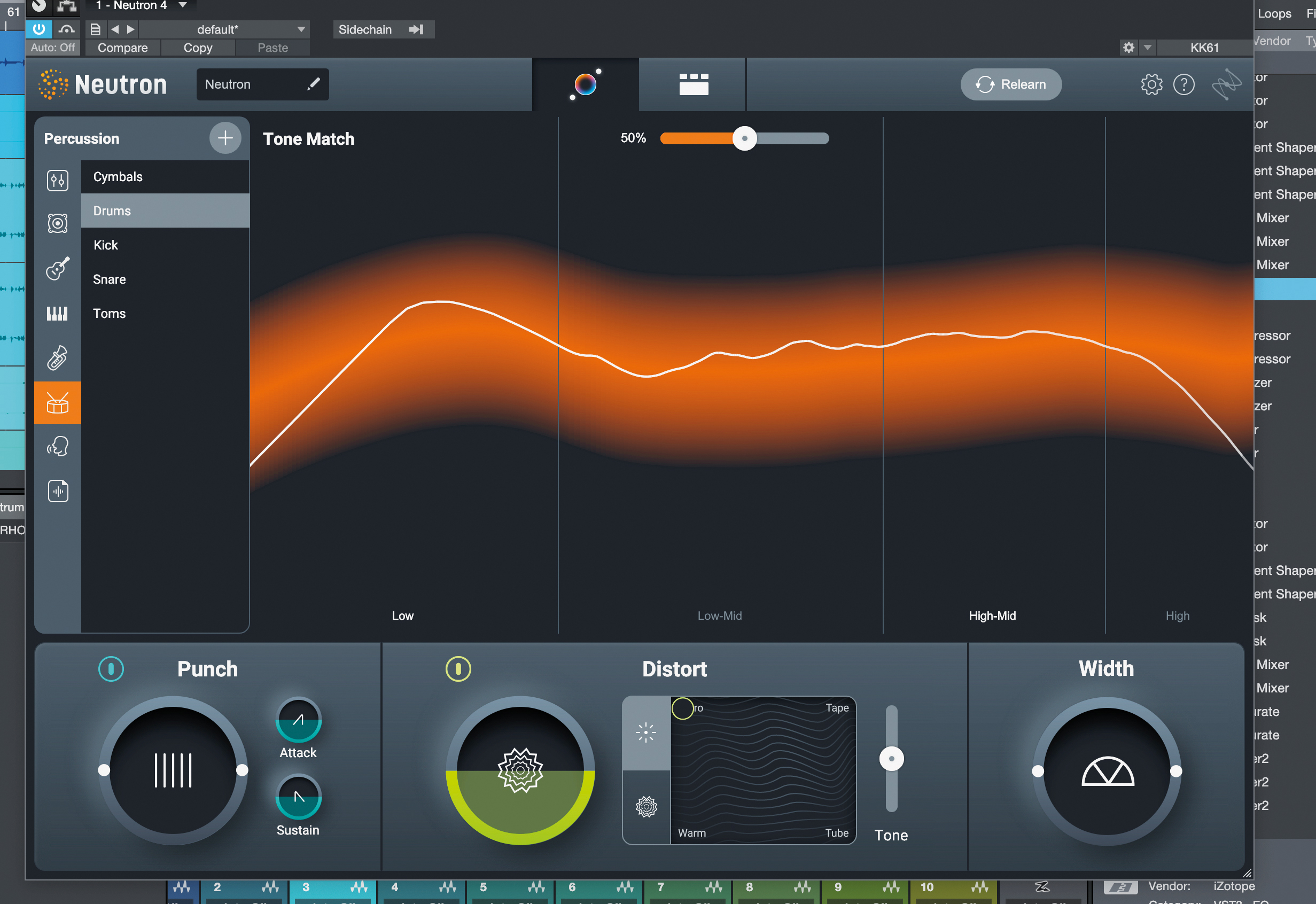
It’s iZotope again, but this time we’re talking AI mixing. You get seven modules in one plugin here, with a main ‘Assistant View’ enabling you to set a target sound and something for Neutron to aim its considerable AI might at. You can even match specific instrument tones by importing a target into Neutron’s library. It then matches your music to these targets.
6. Audiomodern Playbeat
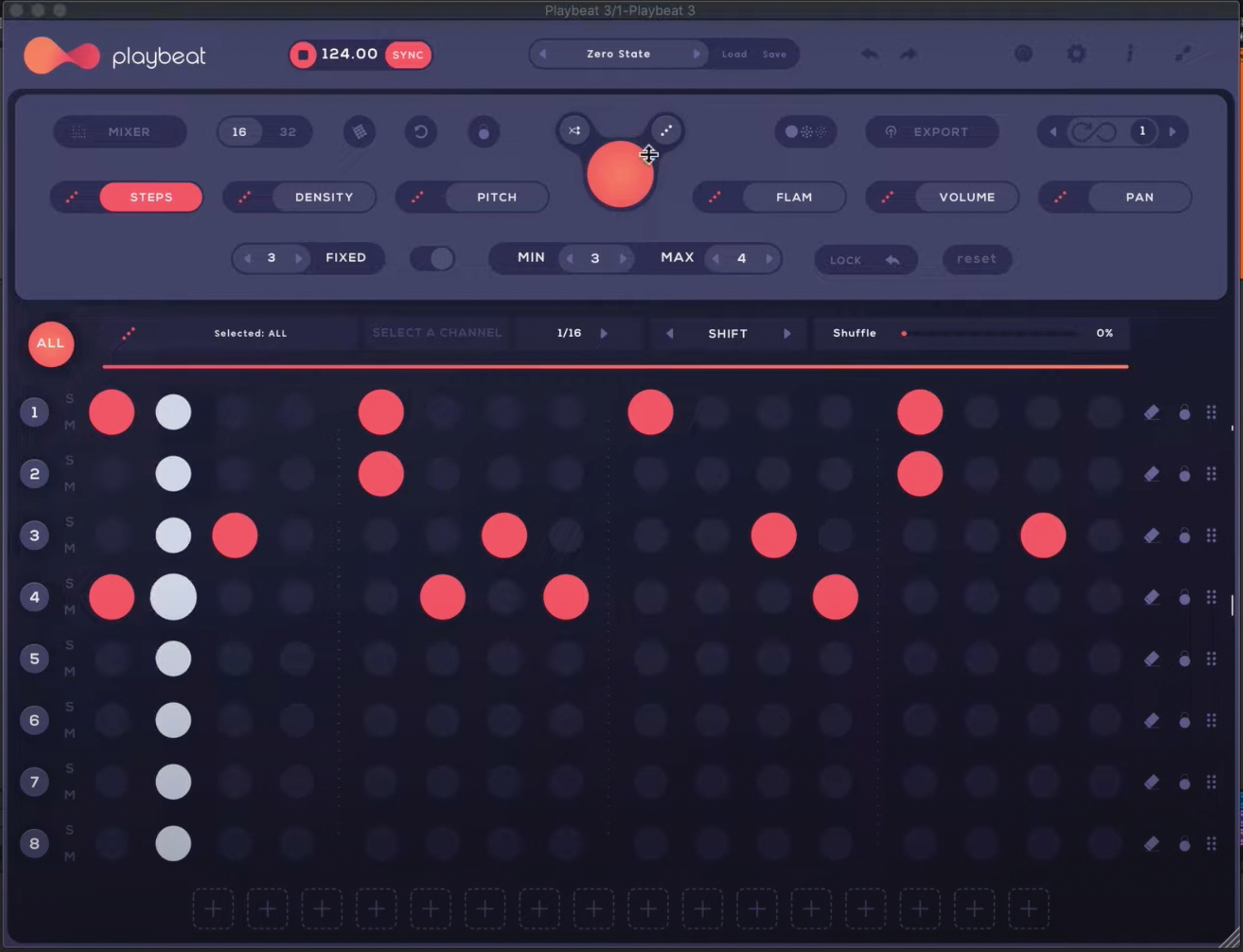
Playbeat creates beats according to how you make them with a SMART randomisation algorithm. Select the presets you like and it creates random or SMART versions, with enough groove to love from the original, and enough new elements to call your own. We described it as a “bewilderingly cutting-edge experience” on review.
Adding AI realism to guitar using Baby Audio TAIP

Baby Audio’s TAIP is one of the many apps you might use that uses relatively invisible AI technology – in this case it’s only obvious by way of the name ‘TAIP’! BA analysed the difference between wet and dry saturation on many vintage tape machines to come up with its models. Rather than applying a kind of synthesised saturation, it therefore uses these models in a variety of ways.
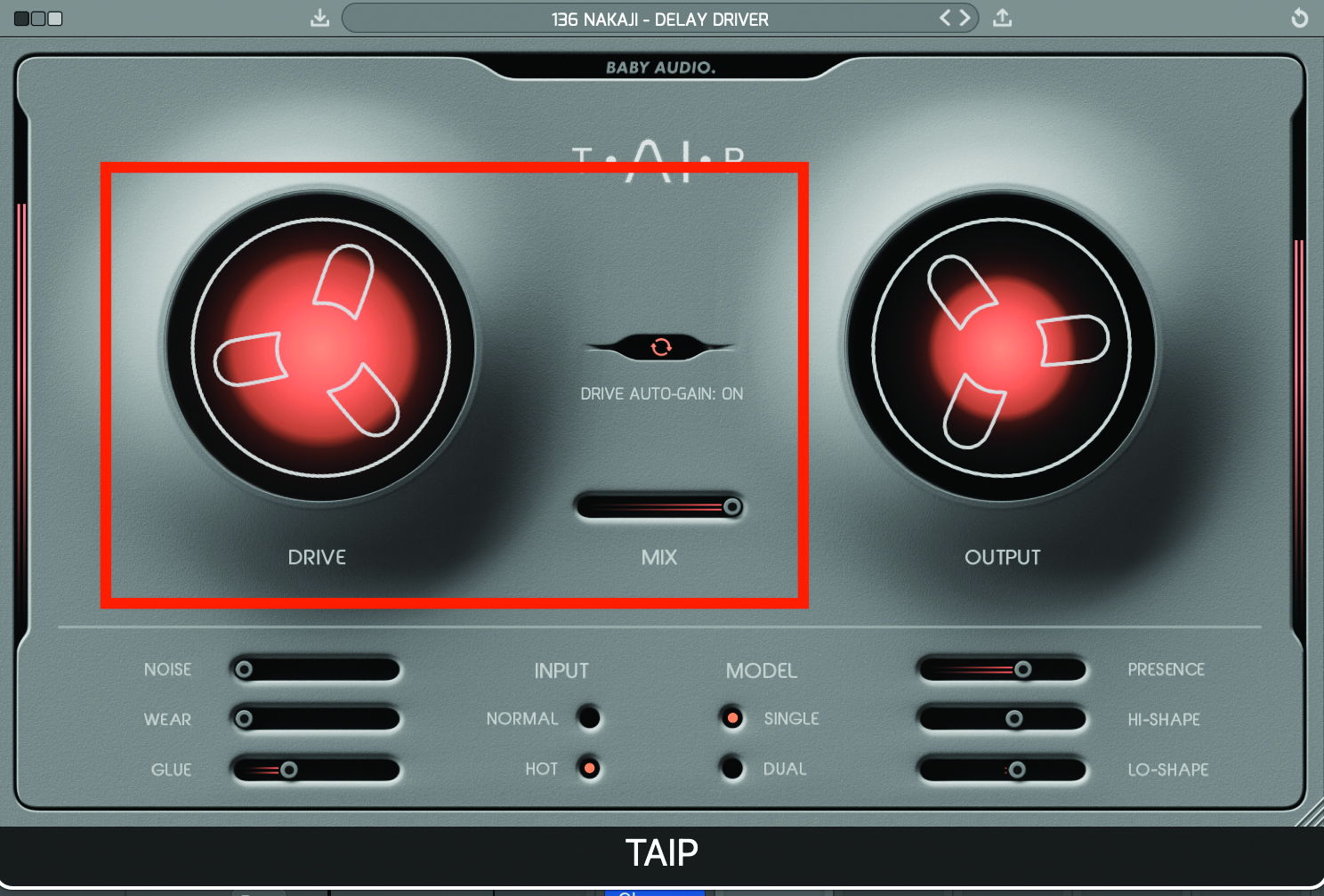
The main Drive control is the left hand tape wheel; click and drag up to increase the drive, or down to decrease it. This gives you fabulous distortion, the AI already giving you some analogue colour that is maybe not present on digital emulations. It’s also best used with the Auto-gain switch engaged so it doesn’t go overboard too quickly.
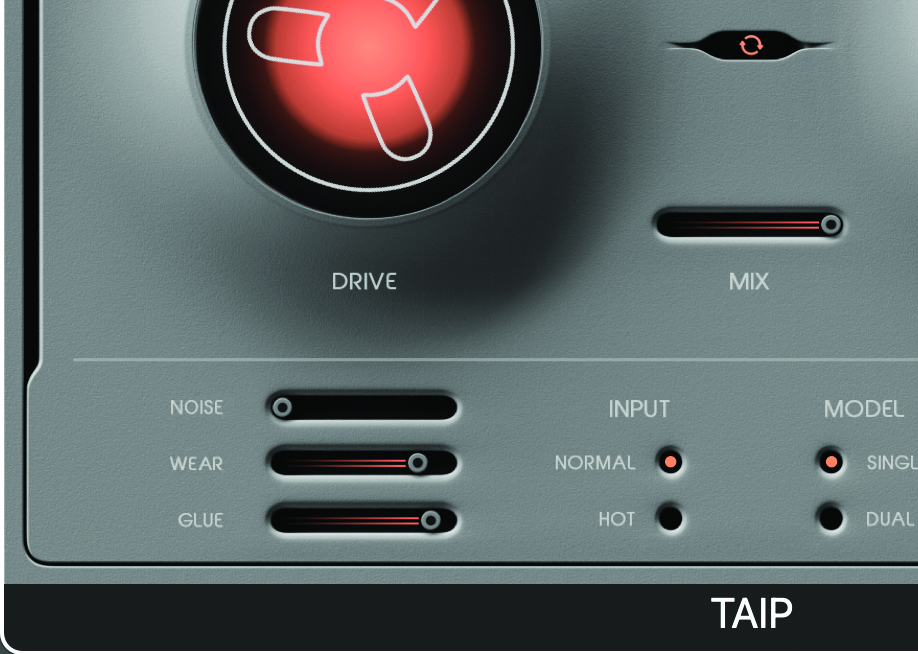
The Wear parameter offers a fantastic emulation of the wow and flutter effects of a tape recorder. You get more of a flanging sound at a lower mix level or a more varied pitch effects, like the tape speed is moving, at a higher Mix level as shown.
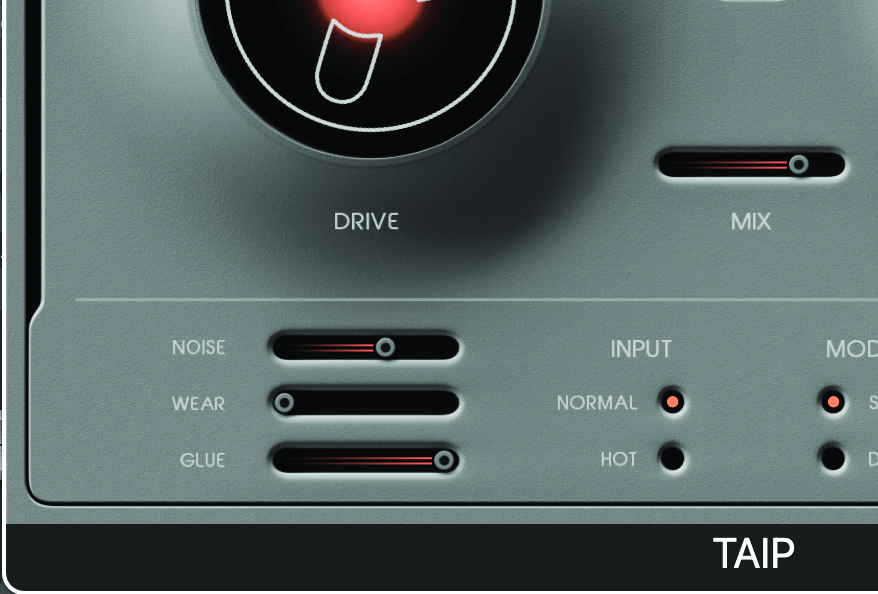
Noise is a pretty simple parameter. We remember the times when we desperately tried to reduce the tape noise between our tracks, but this reintroduces that gentle hiss. Ah, that takes us right back to the ’80s! Again, the Mix control will add the drama and the Drive and Glue (compression) controls seem to accentuate it too.
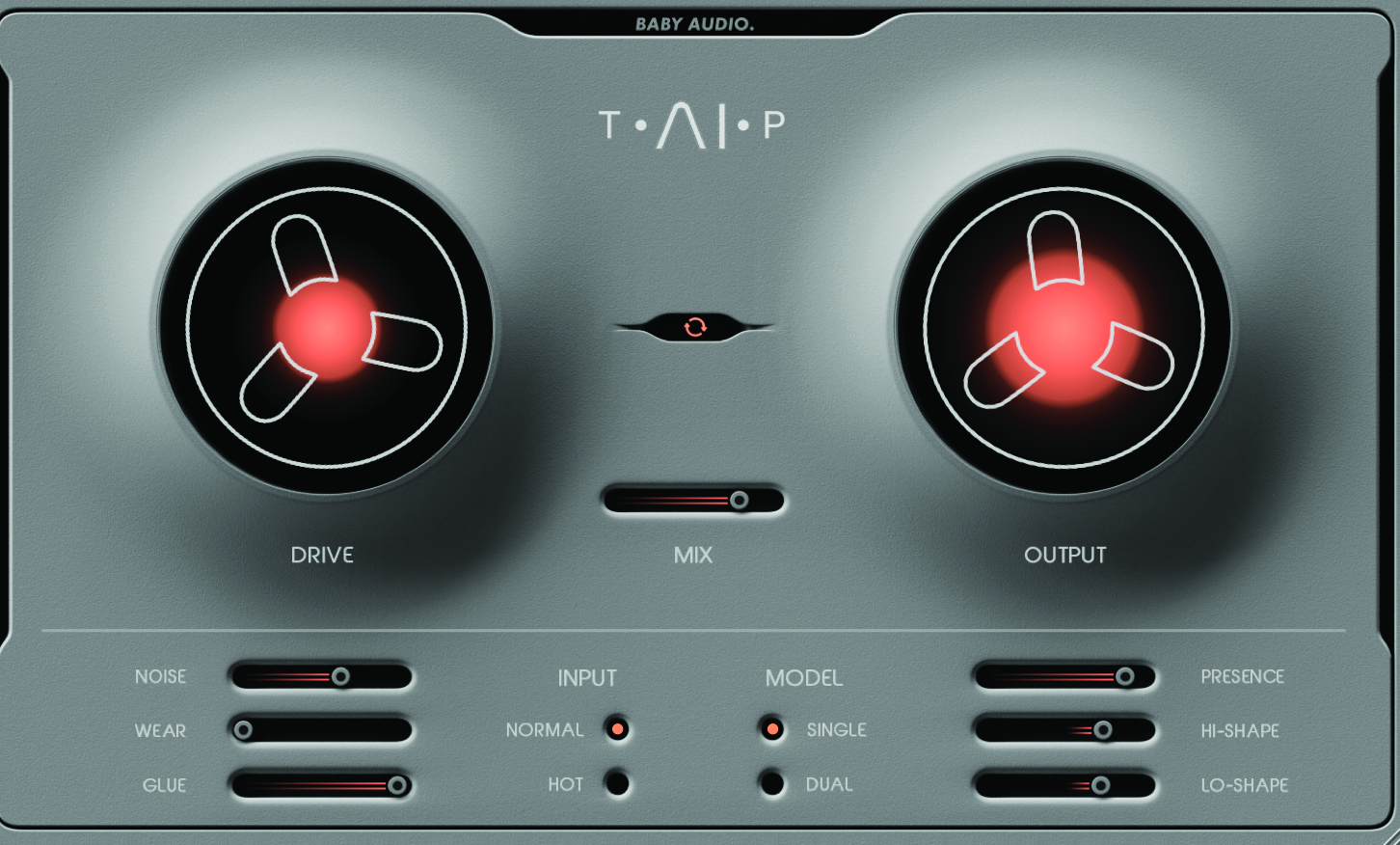
Other controls include a Dual mode to simulate two machines – less dramatic than that sounds – and a Hot input to give you more distortion. Over on the right, the Presence and high and low Shape controls add more top end harshness if you need it.
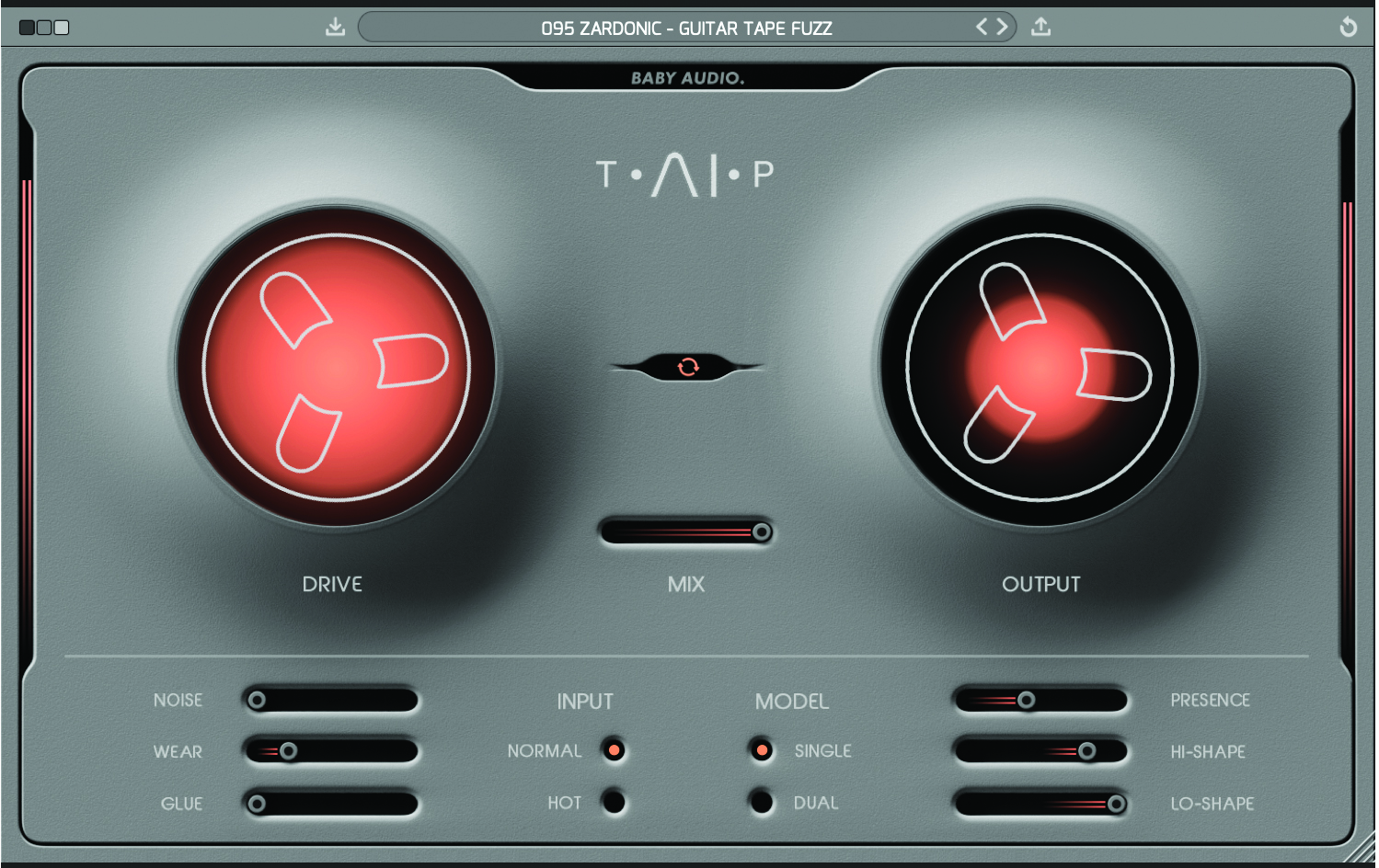
TAIP’s AI modelling is all about realism and works wonders on sterile-sounding guitar parts. With TAIP’s additions, ours has got a much more crispy and ’60s vibe.
Mixing using Focusrite's FAST AI processors
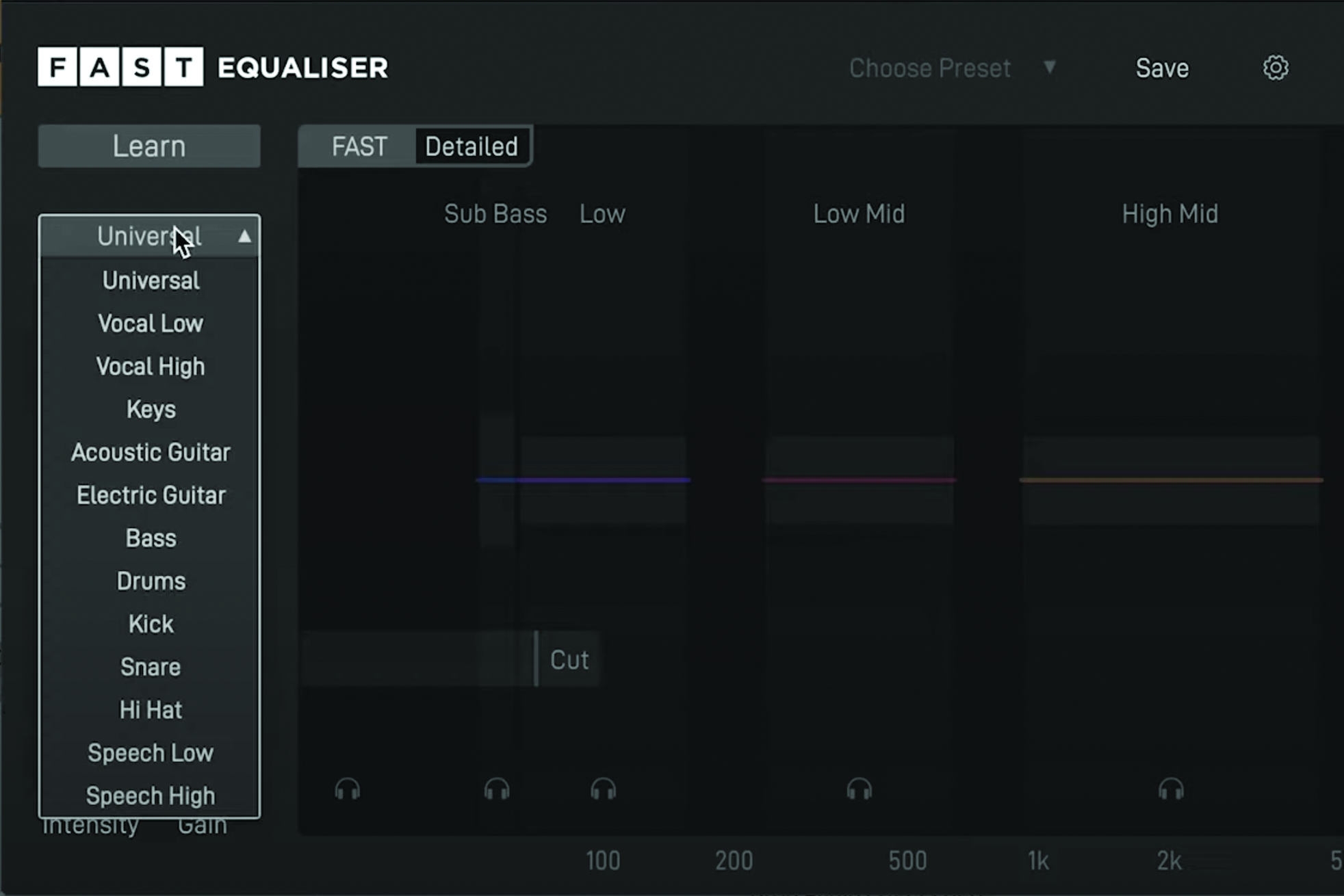
Focusrite’s FAST plugins feature an AI-powered smart:engine that was developed by Sonible. They can instantly transform your audio tracks with a series of AI models. We’ll demonstrate how using the Equaliser and Compressor plugins which you load in on a track as normal effects. First load the EQ up and choose a model.
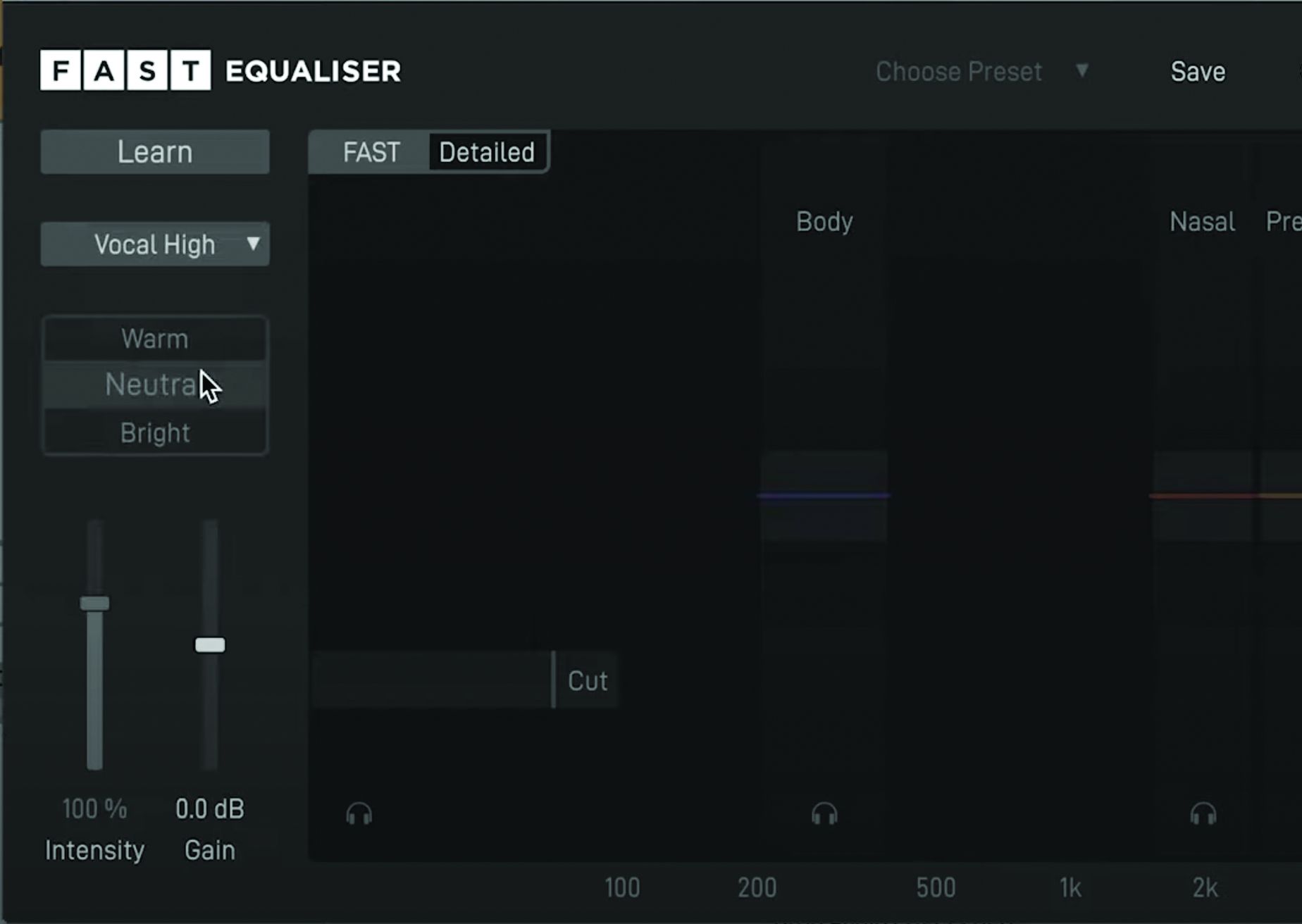
There are EQ models for pretty much every instrument – multiple ones in some instances. We’ve gone for Vocal High. Then it’s just a case of hitting the Learn option (top left of the UI).
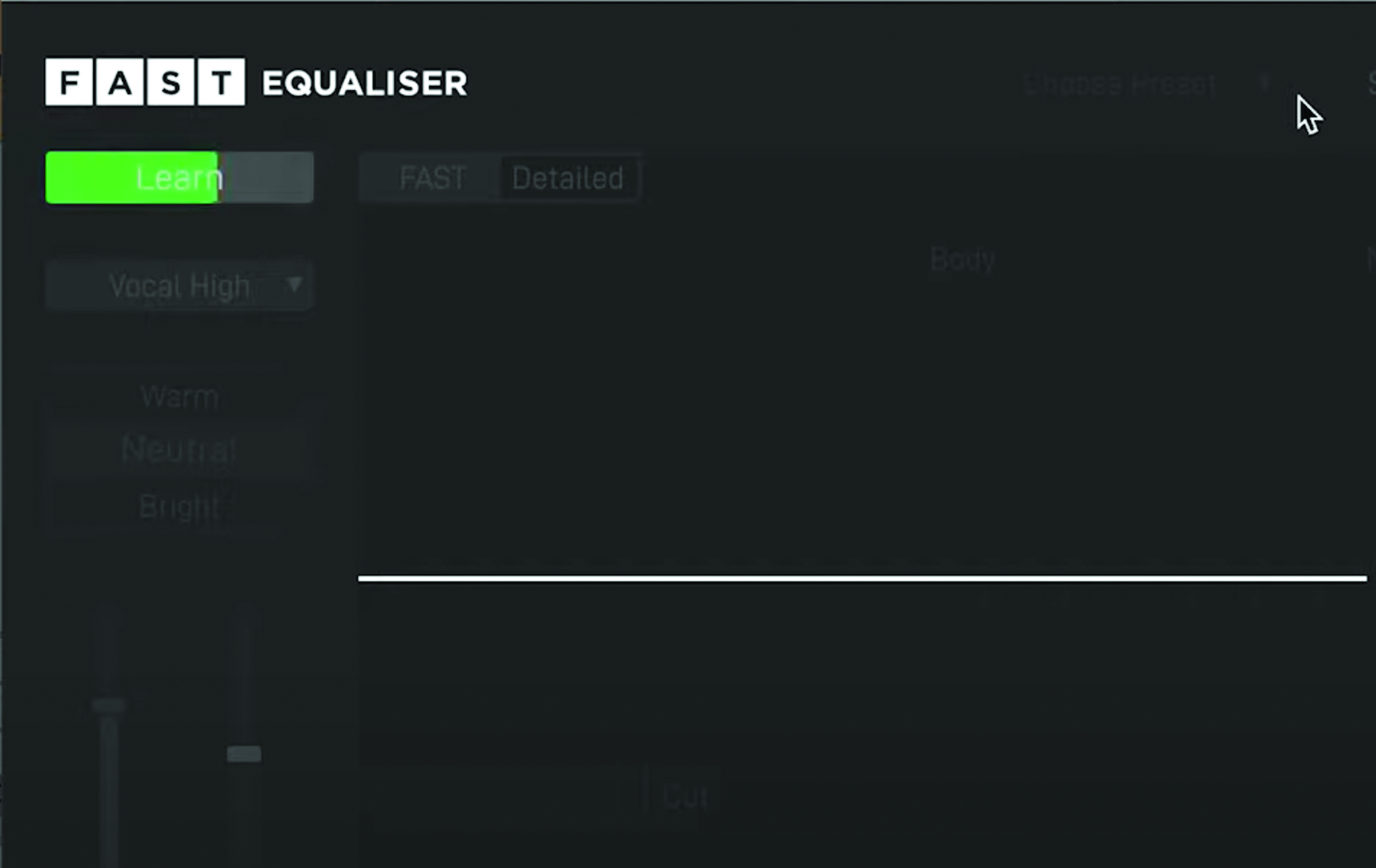
You then play the audio through the plugin in real time and it analyses your audio. It processes the signal simultaneously and you can then play it back to hear how the model has affected your original signal. You can also ‘Relearn’ at any time.
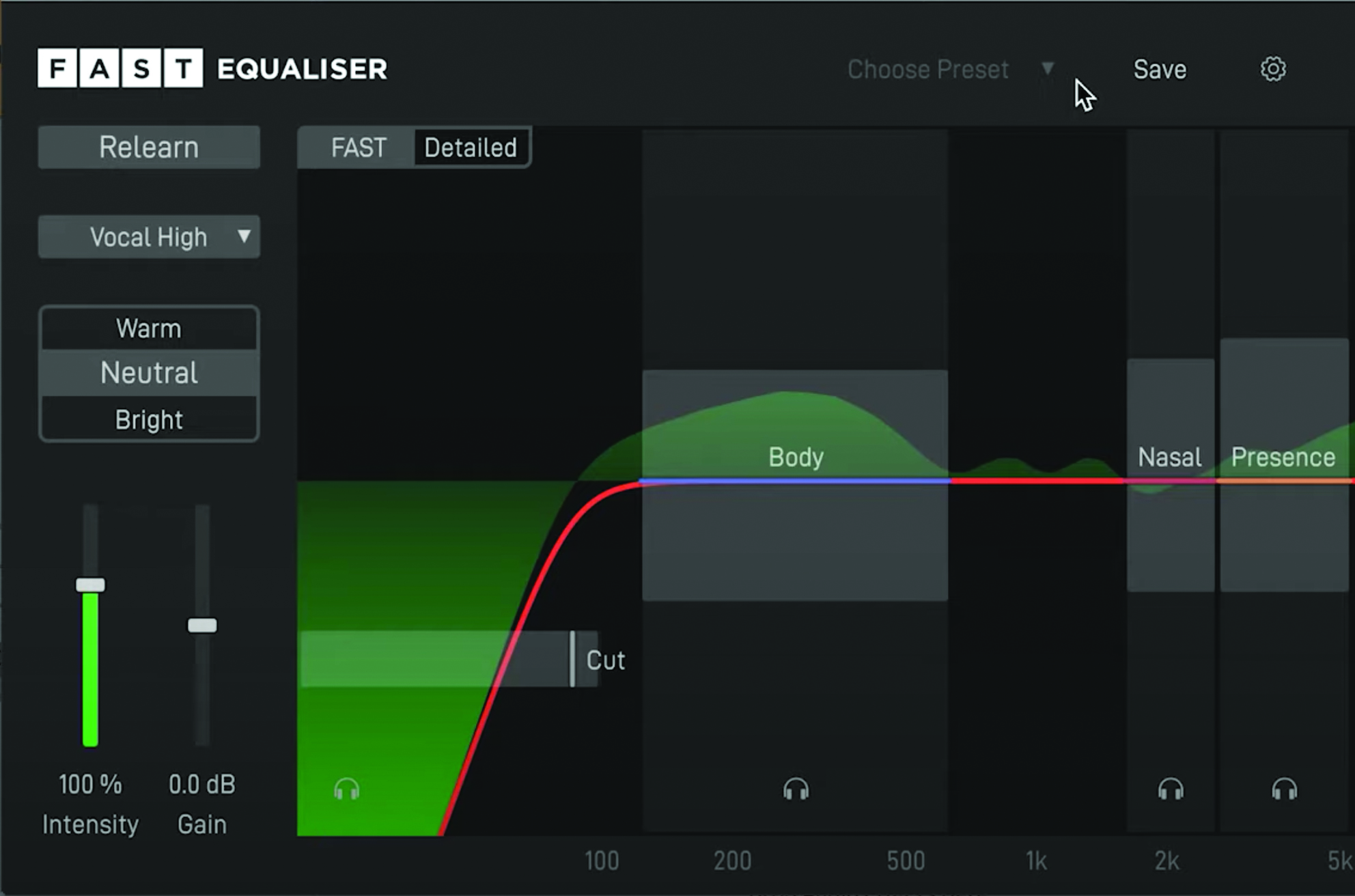
With the results you can choose from three options: Warm, Neutral and Bright to change the sound to see if they might suit the mix better. You can also use sliders which increase or decrease the frequencies in set ranges. Further standard point and drag options are available for more intricate manual EQ-ing.
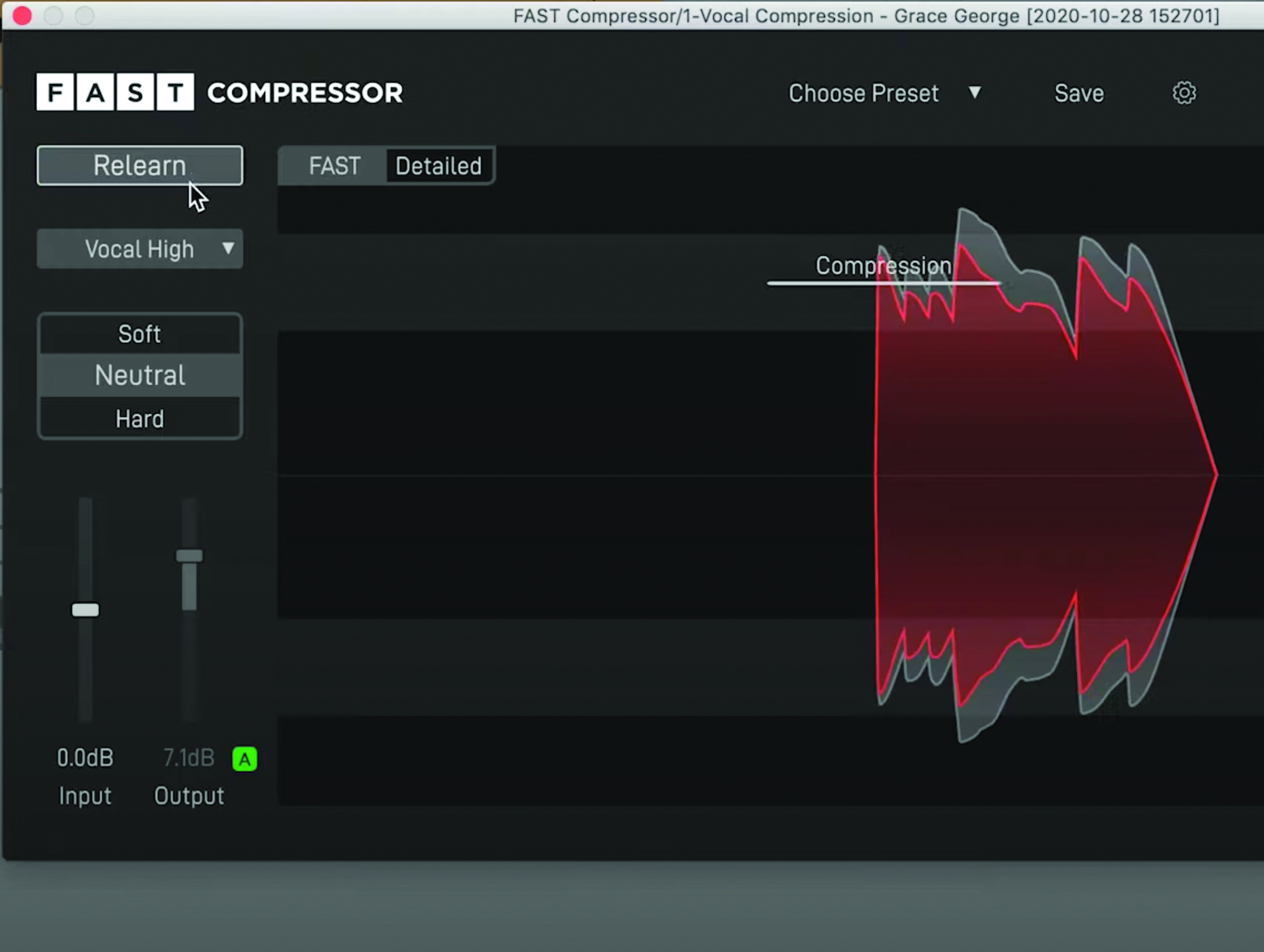
With compression you run through exactly the same process with your audio as steps 1 to 4, running the audio through for the FAST processor to analyse and learn it. In this case we want to make the volume of our input signal more consistent.
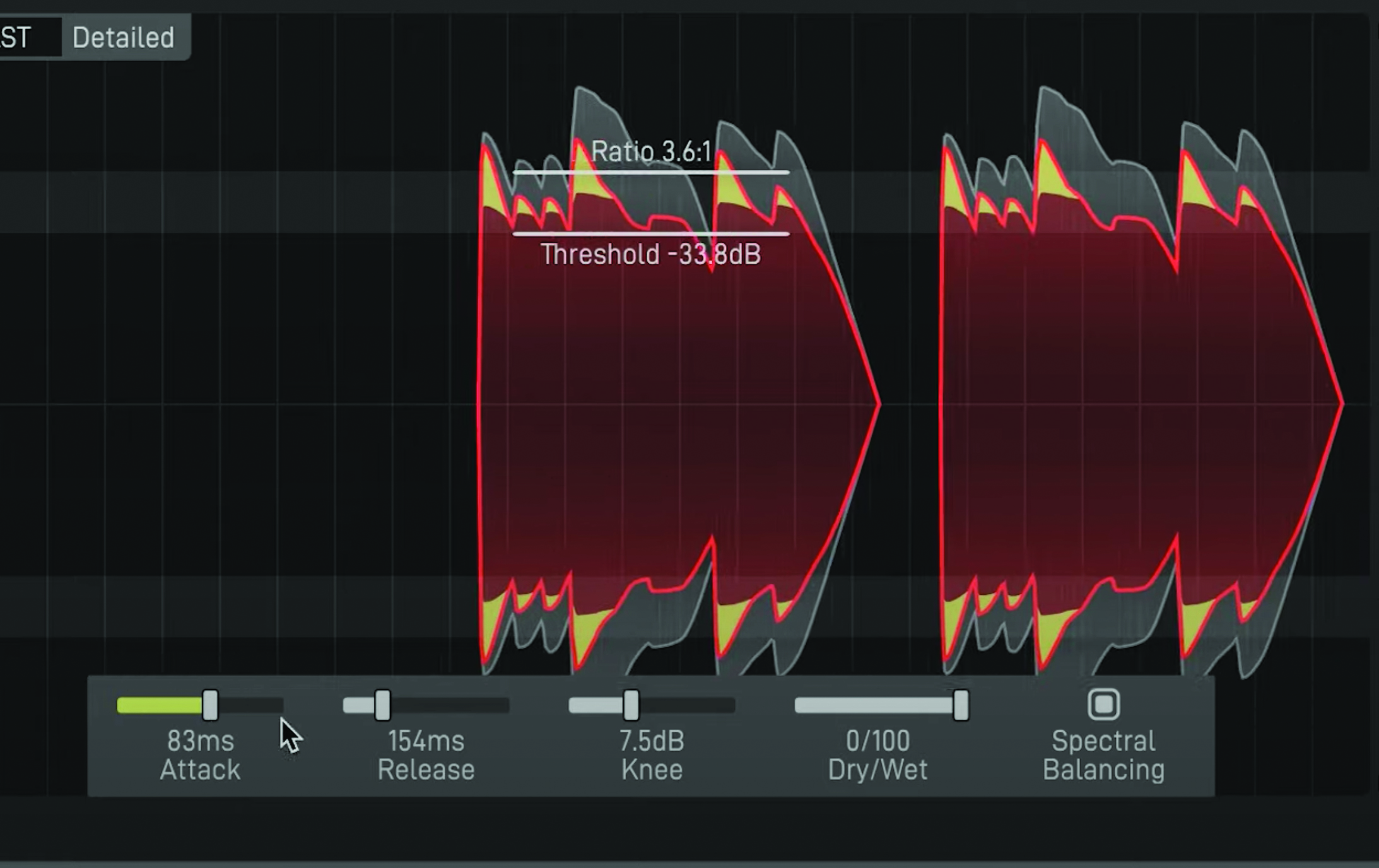
Again, after the process you can make manual adjustments to all the compression settings, including graphical representations of the Threshold and Ratio. It’s certainly a fast way of mixing and our vocal is a lot clearer and more consistent within minutes


Andy has been writing about music production and technology for 30 years having started out on Music Technology magazine back in 1992. He has edited the magazines Future Music, Keyboard Review, MusicTech and Computer Music, which he helped launch back in 1998. He owns way too many synthesizers.










